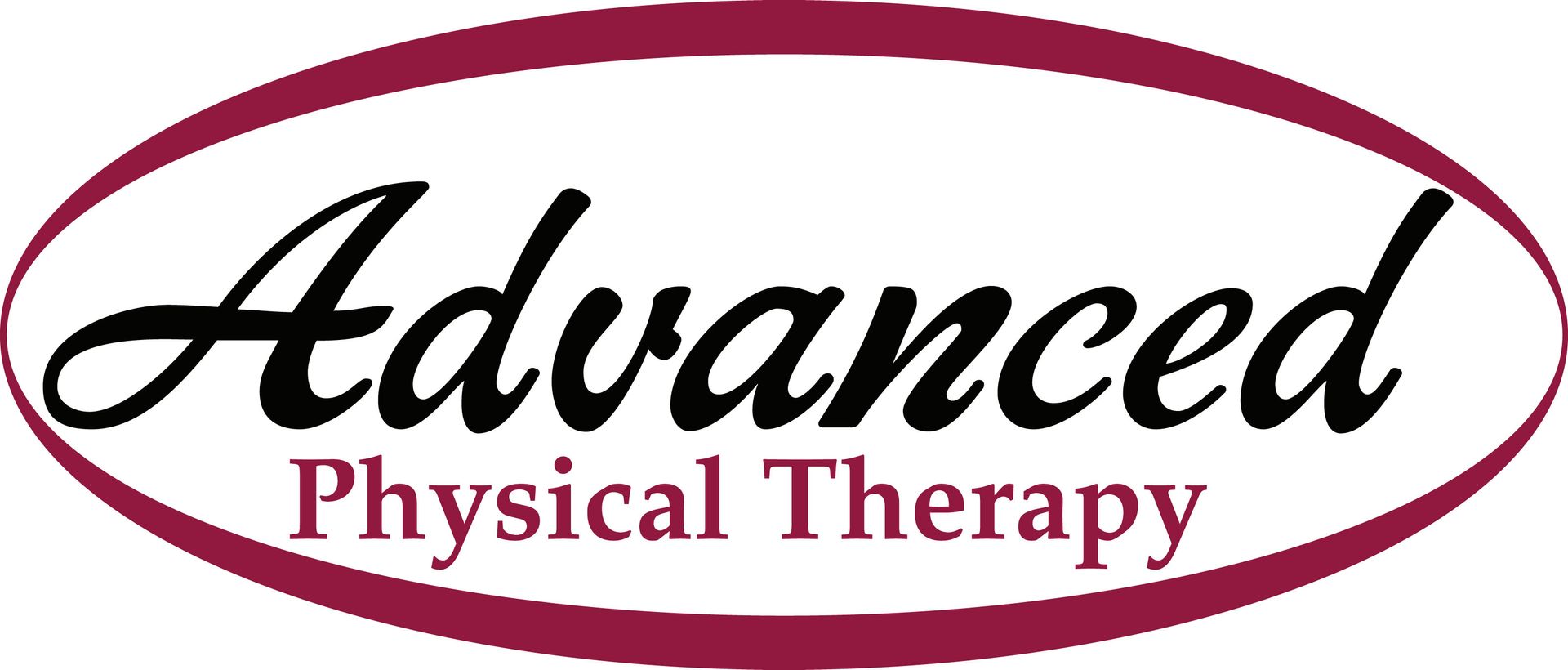Frequently Asked Questions About Preventative Rehabilitation Therapy

Debilitating physical pain, stiffness, and other limitations can occur under a variety of circumstances. Many surgical procedures can require extended recuperation time, which can result in muscle weakness and scar tissue buildup if you remain sedentary. Personal injuries often result from poor physical conditioning.
While an extended course of physical therapy can help you rehabilitate weakened or damaged tissues, another approach to therapy called preventative rehabilitation can reduce your need for such treatment. Check out the answers to these frequently asked questions about preventative rehabilitation therapy.
What Is Preventative Rehabilitation Therapy?
Preventative rehabilitation therapy involves the use of exercise techniques to make the body more resilient against future physical ordeals. (You may also see this form of care referred to as prehab or pre-hab.) This preventative measure can either prevent physical damage or help you recover from such damage more quickly.
People may have different motivations for undergoing a course of prehab. For instance, military personnel, athletes, and even office workers may schedule prehab to lower their risk for occupational overuse injuries. People who know that they need surgery may undergo prehab to build extra strength and flexibility beforehand.
How Does Prehab Help Surgical Patients?
A major surgery typically requires you to keep some or all of your body immobilized, at least at first. Eventually, your doctor may authorize a course of rehabilitative physical therapy to ensure complete recuperation. Unfortunately, the extended break from activity can make you more debilitated before you even start.
Prehab can help you get your pain levels under better control before your surgery. It can also get you up and moving again much faster following your procedure. Research shows that hip and knee surgery patients who underwent prehab reduced their need for inpatient physical rehabilitation by 73 percent.
How Does Prehab Reduce Injury Risks?
Different activities and occupations pose different injury risks. for example, if you must stand for long periods of time, you run the risk of overusing your knees, hips, ankles, and feet, potentially leading to muscle strain and joint problems. Repetitive motion can cause everything from tennis elbow to chronic neck problems.
A body that suffers from unbalanced posture, uneven muscle development, or specific weak points has greater vulnerability to these disabling injuries. Prehab aimed at improving muscle tone and range of motion in those weak areas can make you less likely to get hurt in the course of your everyday activities.
Ideally, a regular fitness program supervised by an experienced trainer could make prehab unnecessary, since it can help the body ward off injuries as well. However, if you don't normally maintain such a routine and you anticipate a physical challenge in your future, prehab can help you prepare your body for it.
What Should You Expect From a Prehab Program?
The length and content of a prehab program will vary according to each participant's baseline fitness level and the nature of the challenge ahead. A typical pre-operative prehab program might run six to eight weeks before surgery. Sports injury prehab may focus on the core muscles that support your posture and balance.
A typical prehab session will usually start with a series of gentle warmup exercises to prepare the muscles for your workout. You'll also want to do some gentle exercises during lulls in training to maintain your readiness. Cool-down exercises then bring your body safely back to its normal resting state.
Advanced Physical Therapy can provide both in-facility physical therapy and telemedicine-based services to help you strengthen your body against injury or prepare for an upcoming surgery, with or without a doctor's referral. Contact us today to learn more.

















